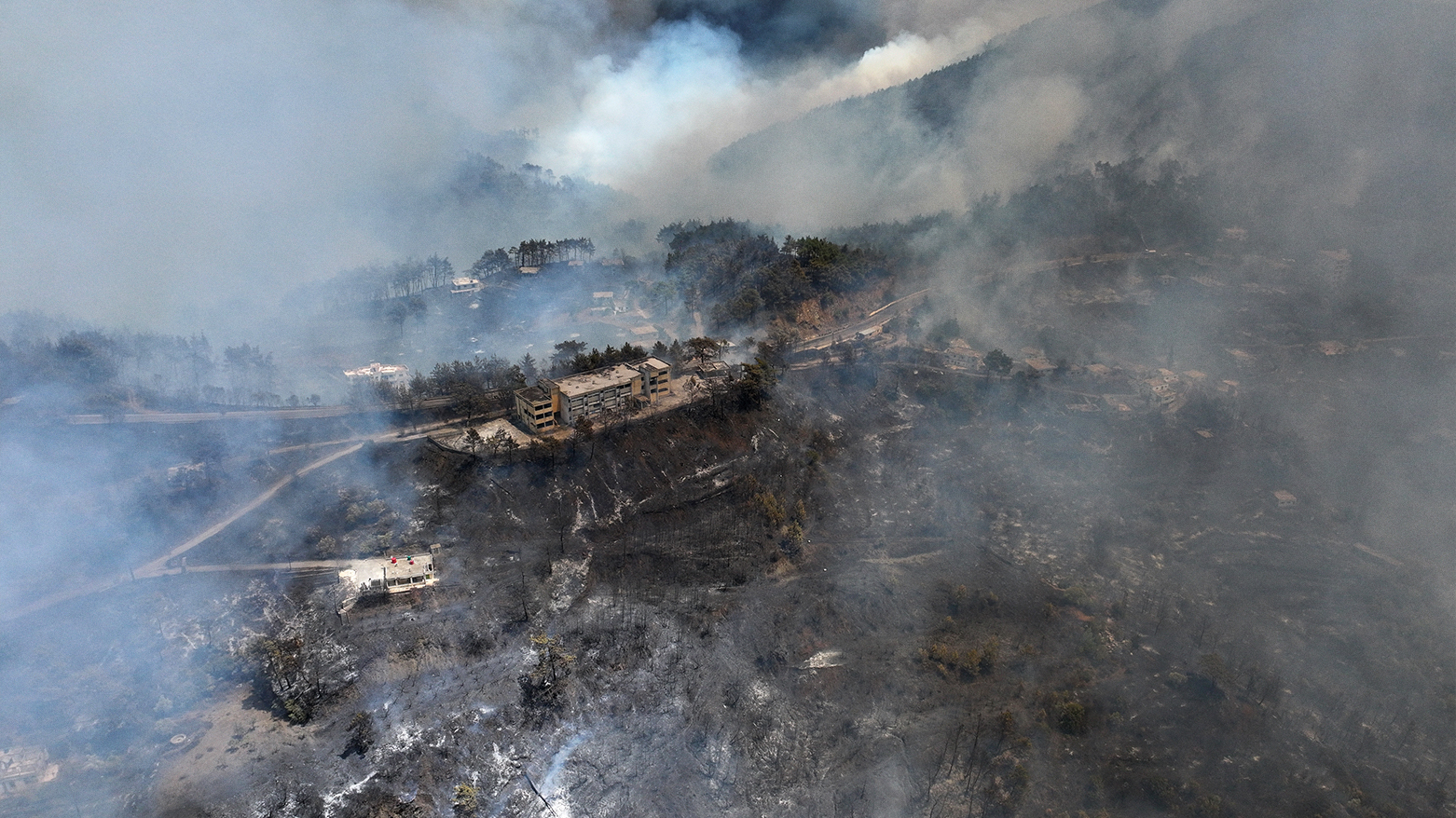Damascus: Latakia Fire Spread Halted
After 10 days battling wildfires in Latakia, Syria has halted the flames' spread on all fronts, marking a key step toward containment. Minister Raed al-Saleh praised regional help and warned of remaining threats from wind and landmines amid ongoing cooling efforts.
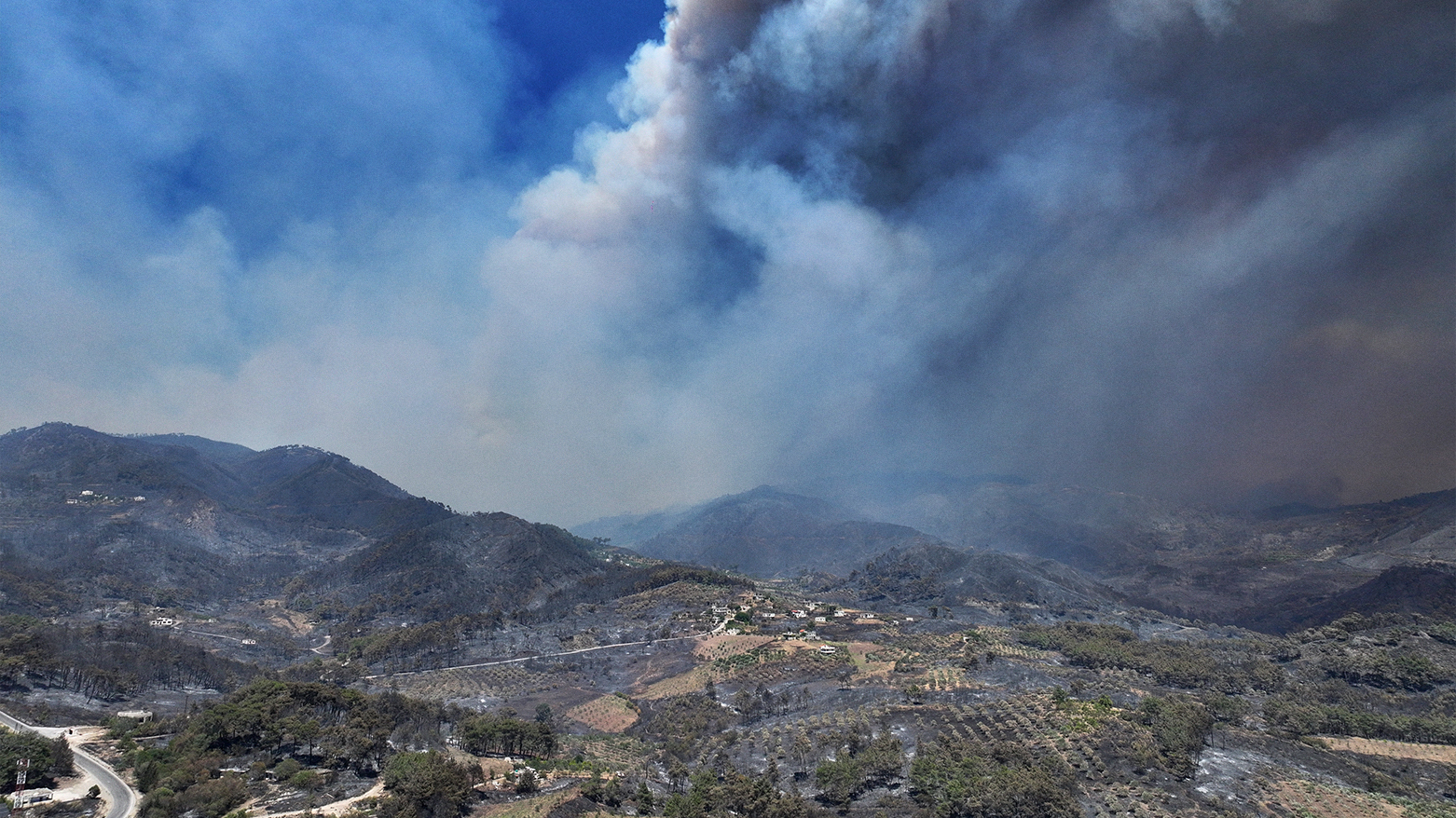
By Kamaran Aziz
ERBIL (Kurdistan24) – Syrian officials have announced a major breakthrough in the battle against massive forest fires in the northern Latakia countryside, stating that after ten consecutive days of effort, firefighting teams have successfully stopped the flames from spreading on all fronts, according to the state-run Syrian Arab News Agency (SANA).
The announcement came from the Syrian Minister of Emergency Services and Disaster Management, Raed al-Saleh, who described the development as a critical step toward bringing the devastating fires under control.
In a post on the X platform cited by SANA, al-Saleh said that the work Saturday evening had reached a "promising stage."
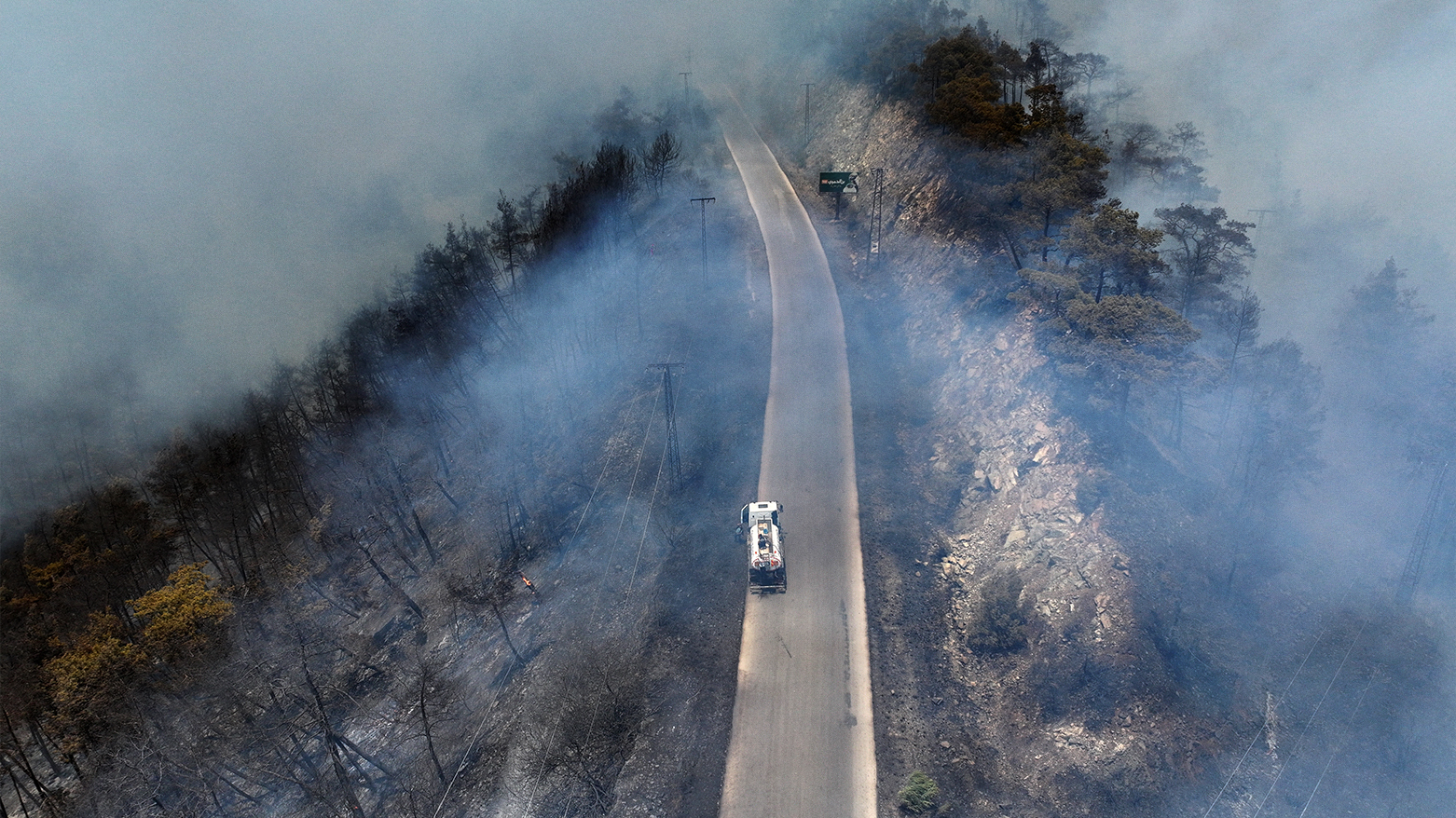
"After significant and continuous efforts from the Civil Defense firefighting teams, fire brigades, and supporting Turkish and Arab teams to extinguish the forest fires in Latakia... the teams have managed to stop the fire's spread on all fronts, which is the most important step towards bringing the fires under control," the minister stated.
According to the SANA report, al-Saleh added that "the scene is changing, and the smoke is beginning to clear," as teams continue intensive work to extinguish remaining hotspots and cool down areas already put out. "According to current data, the situation is moving towards being under control, followed by a transition to comprehensive cooling operations," he said.
For ten straight days, Syrian Civil Defense teams and fire brigades worked to contain the flames and prevent them from spreading to the Al-Furluq and Kasab forests. Al-Saleh noted that the assessment from the operations room indicated that the situation was the "best it has been in ten days."
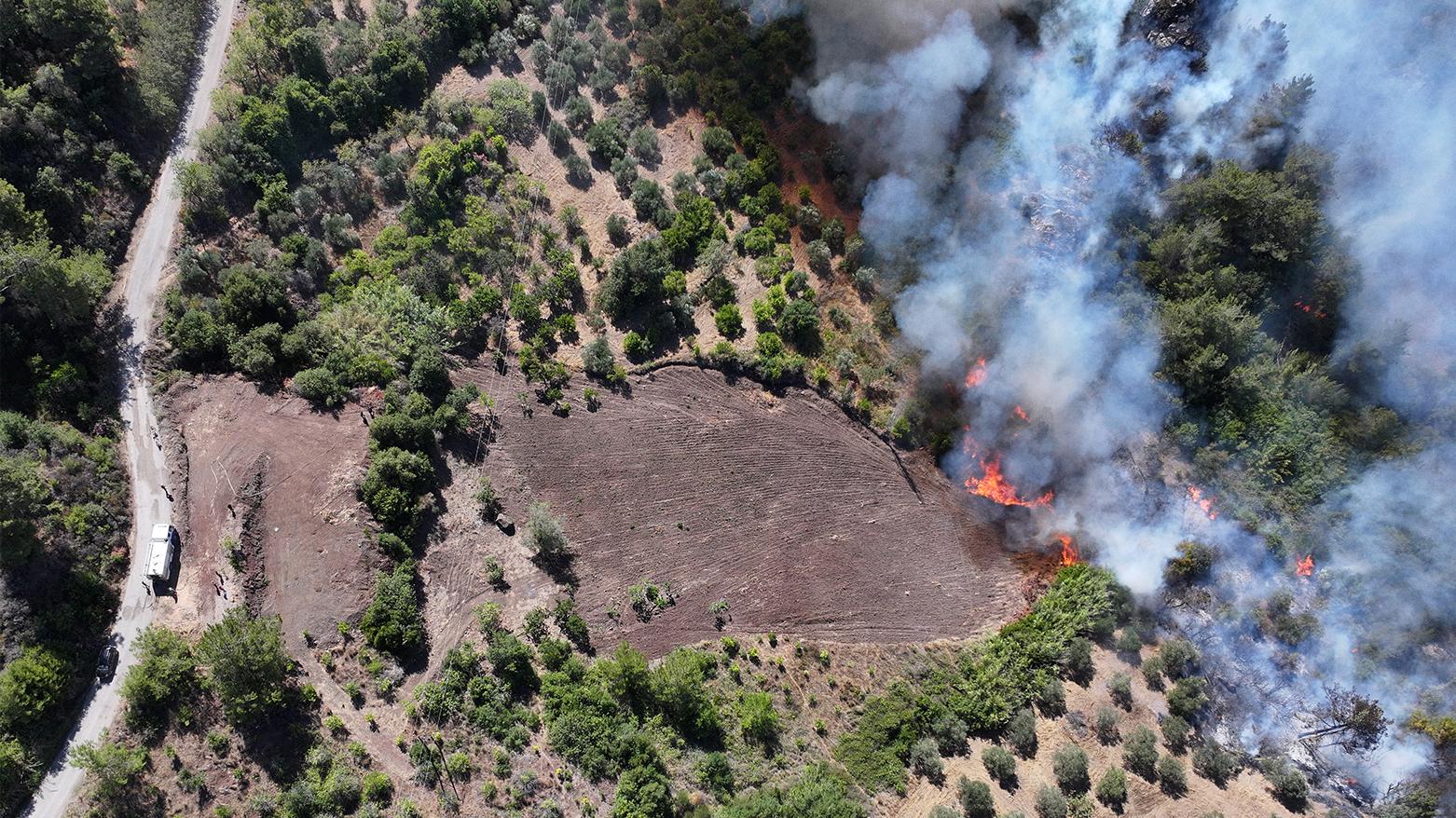
Despite the progress, the minister acknowledged that "threats remain due to wind activity."
The report from SANA highlighted the severe challenges faced by the teams on the ground, including not only difficult terrain and active winds that fueled the blaze, but also the presence of "landmines and war remnants that cause repeated explosions and pose a direct threat to the personnel."
Al-Saleh expressed gratitude for the combined efforts that led to this breakthrough. “We could not have reached this stage without God's grace, followed by unified efforts, high-level coordination, broad public support, and the assistance of firefighting teams from Turkey, Jordan, Lebanon, Iraq, and Qatar," he said, as reported by SANA.
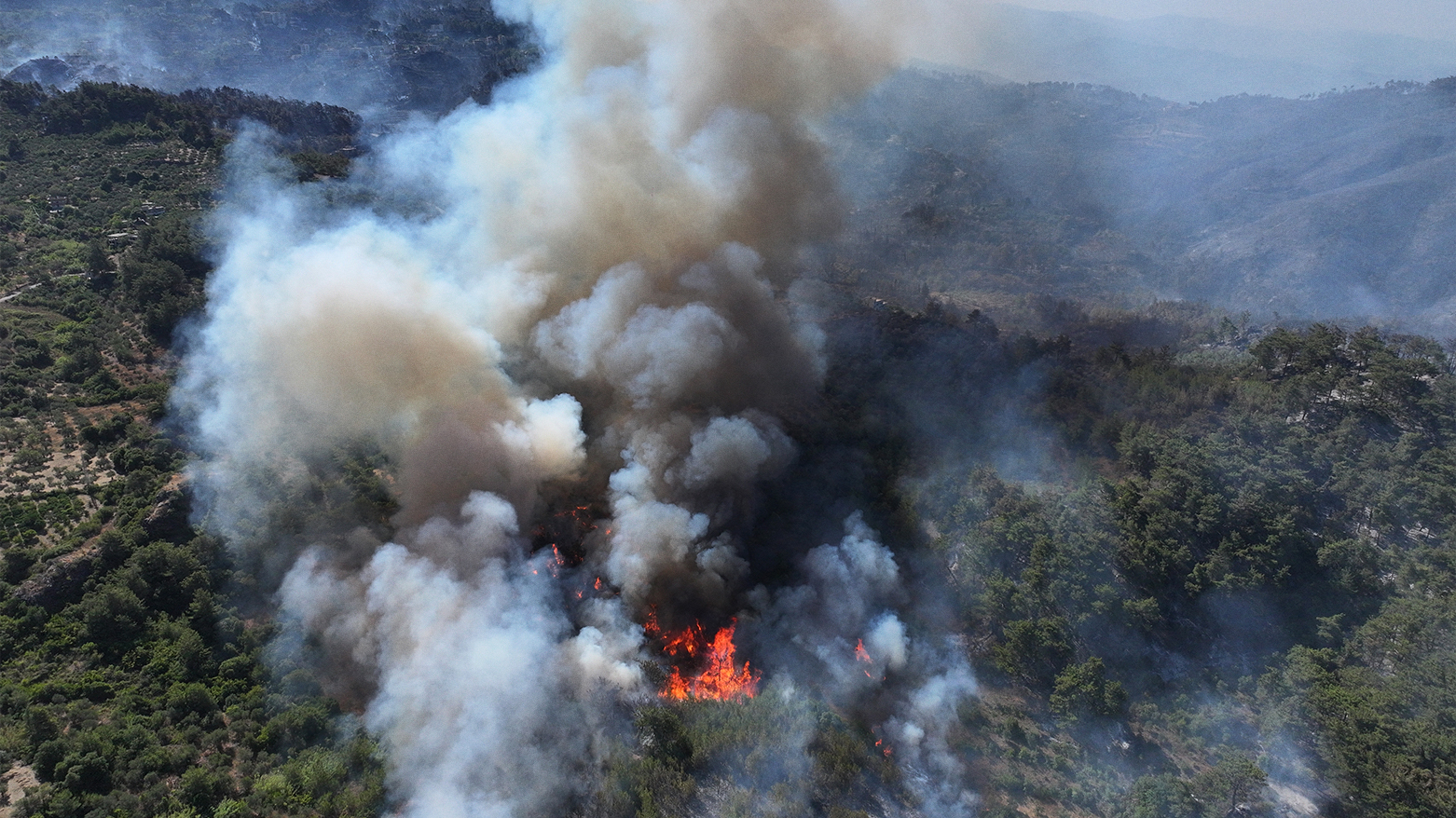
The announcement, as reported by the Syrian state news agency SANA, serves two primary functions: to signal that a major environmental crisis is nearing its end and to project an image of state competence and regional cooperation.
The most striking detail in the report is the mention of landmines and war remnants posing a direct threat to firefighters. This powerfully illustrates how the consequences of Syria's long-running conflict continue to complicate even non-military crises. The firefighting effort was not merely a battle against nature but a hazardous operation in a former warzone, making the reported success even more significant.
Secondly, Minister Raed al-Saleh's explicit and individual thanks to firefighting teams from Turkey, Jordan, Lebanon, Iraq, and Qatar is noteworthy. As reported by state media, this highlights a moment of functional, humanitarian-focused diplomacy in a region often defined by political fractures.
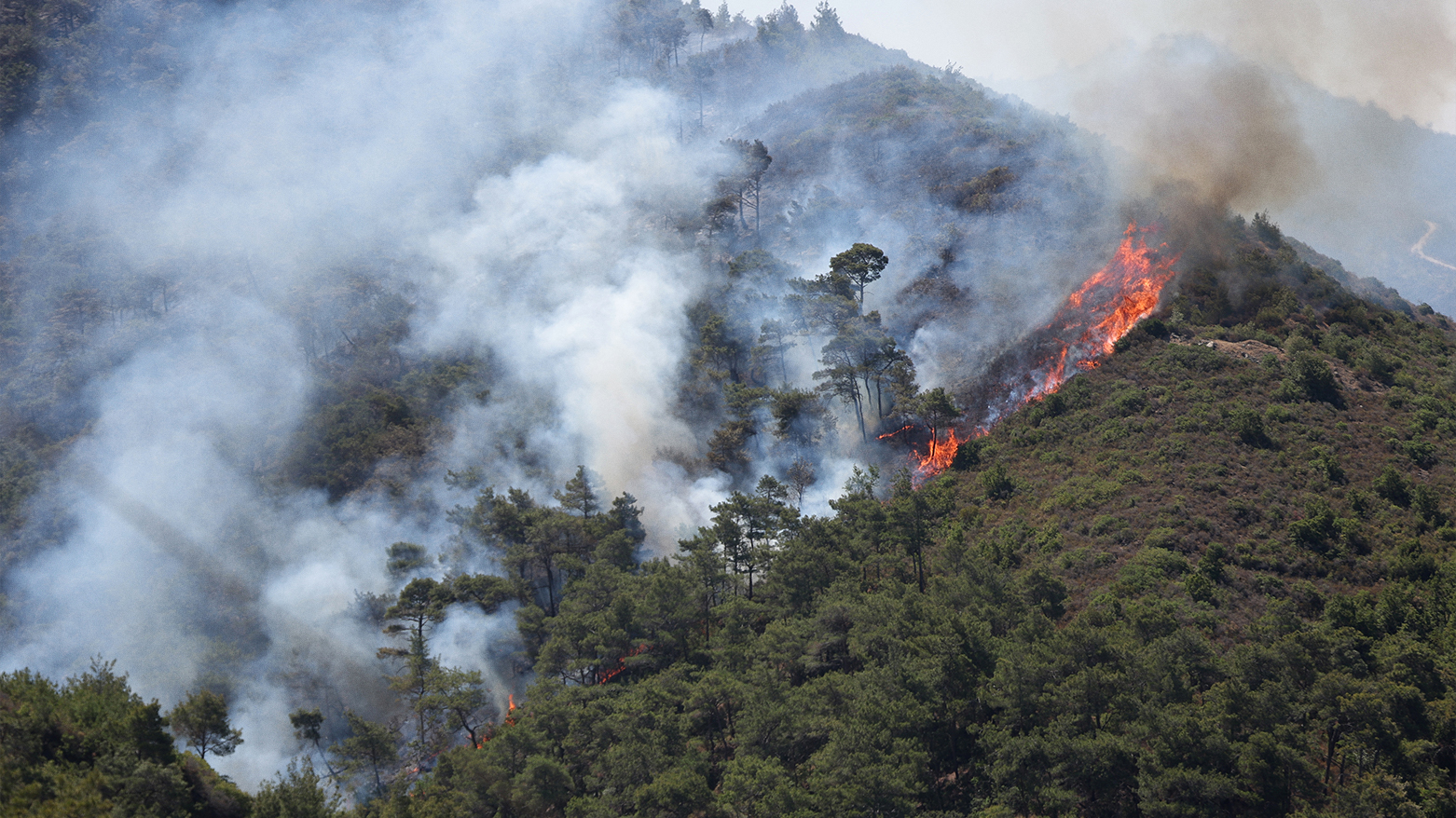
For the Syrian government, acknowledging this international assistance showcases its ability to coordinate with neighboring countries, including some with which it has had complex or strained relations.
Finally, the minister's messaging is carefully calibrated to build public confidence. By describing the situation as a "promising stage" that is "moving towards being under control," the government communicates progress and authority while prudently managing expectations by acknowledging the remaining threat from high winds.
The report portrays a coordinated, multi-national, and ultimately successful state-led response to a major disaster.
